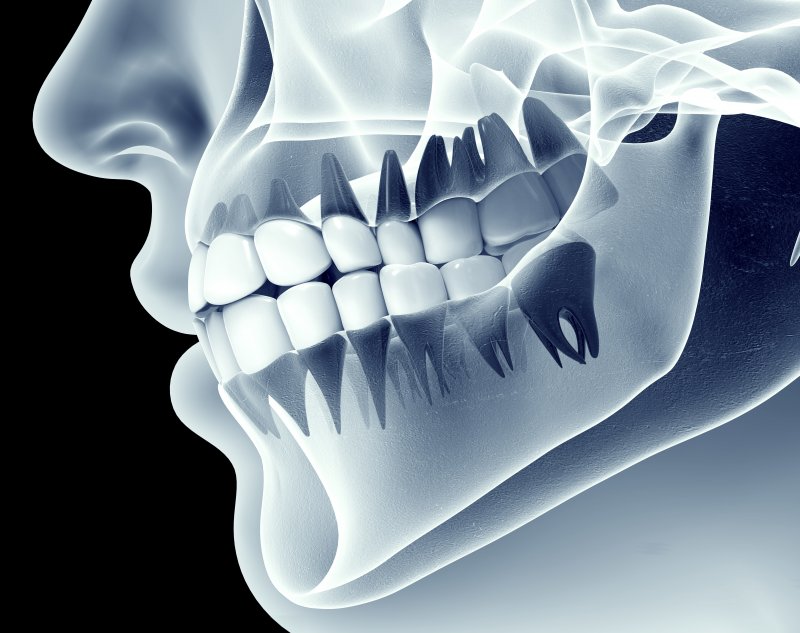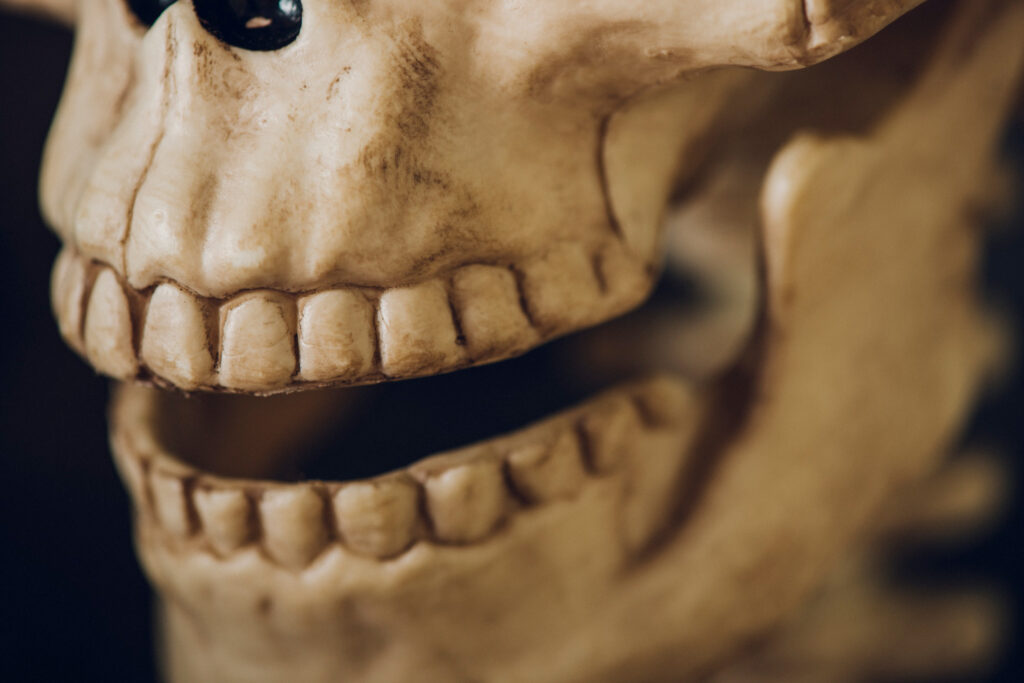While both teeth and bones are essential parts of the human skeleton, they have different functions and structural characteristics. Even though the makeup of teeth and bones is similar, knowing their distinct qualities might help define their functions in our bodies. In-depth discussions of the composition, purposes, and other aspects of teeth and bones are provided in this article.
Composition of Teeth and Bones
Teeth Composition
Teeth are primarily composed of dentin, enamel, pulp, and cementum.
- Enamel: Enamel, the tooth’s exterior coating, is the toughest material in the human body and shields the interior layers from damage.
- Dentin: Dentin, a firm tissue that constitutes the majority of the tooth’s structure and supports the enamel, is located beneath the enamel.
- Pulp: The tooth’s pulp, which is its innermost layer, is home to the blood vessels and nerves that keep the tooth healthy.
- Cementum: This is the layer that surrounds the tooth root and uses the periodontal ligament to secure it to the jawbone.
Bones Composition
Bones are made up of a combination of collagen, calcium, and other minerals.
- Collagen: This protein provides flexibility and strength to bones, allowing them to withstand stress.
- Calcium: A mineral that gives bones their hardness and rigidity.
- Other Minerals: Phosphorus, magnesium, and fluoride are also present in bones, contributing to their overall structure and health.

Functions of Teeth and Bones
Functions of Teeth
Teeth play a crucial role in the digestive system and speech.
- Chewing: Teeth help break down food into smaller pieces, aiding digestion.
- Speech: The positioning of teeth affects speech, enabling clear articulation of sounds.
Functions of Bones
Bones serve multiple functions in the body, beyond providing structural support.
- Support: Vital organs are shielded, and the body is supported by a framework made of bones.
- Movement: Movement is made possible by the contraction and relaxation of muscles, which are attached to the bones.
- Blood Cell Production: Red and white blood cells, which are vital for oxygen delivery and immunological function, are produced by bones in the bone marrow.
Development and Growth
Teeth Development
Teeth erupt at the embryonic stage and continue to develop during childhood and adolescence.
- Primary Teeth: These are also referred to as baby teeth, and they erupt about six months of age before being replaced by permanent teeth.
- Permanent Teeth: Between the ages of 6 and 12, they begin to replace primary teeth, and they continue to grow throughout adolescence.
Bone Growth
Bones grow and develop throughout childhood and reach peak density in early adulthood.
- Bone Remodeling: Throughout life, bones undergo a process of remodeling, where old bone tissue is replaced by new bone tissue.
- Peak Bone Mass: Achieving peak bone mass during early adulthood is crucial for preventing osteoporosis and maintaining bone health later in life.
For more, read: Pink Eraser Vaccine
FAQs
Can teeth regenerate like bones?
Unlike bones, teeth cannot regenerate or heal themselves once they are damaged. However, certain dental procedures and treatments can restore or repair damaged teeth.
Why do some people think teeth are bones?
The misconception that teeth are bones may stem from their similar appearance and the fact that both are part of the skeletal system. Additionally, both teeth and bones contain calcium and other minerals, which may contribute to the confusion.
Is it true that teeth are the hardest substance in the human body?
Yes, enamel, which is the outer layer of the tooth, is considered the hardest substance in the human body. It protects the inner layers of the tooth from wear and tear caused by chewing and other daily activities.
Are there any medical conditions that affect both teeth and bones?
Yes, certain medical conditions, such as osteoporosis and periodontal disease, can affect both teeth and bones. These conditions can lead to bone loss, weakened teeth, and an increased risk of fractures and dental issues.
Conclusion
In summary, teeth and bones may share some similarities in composition but serve distinct functions in the human body. While teeth are essential for chewing and speech, bones provide structural support, facilitate movement, and contribute to blood cell production. Understanding these differences can help us appreciate the complexity and versatility of the human skeletal system.

